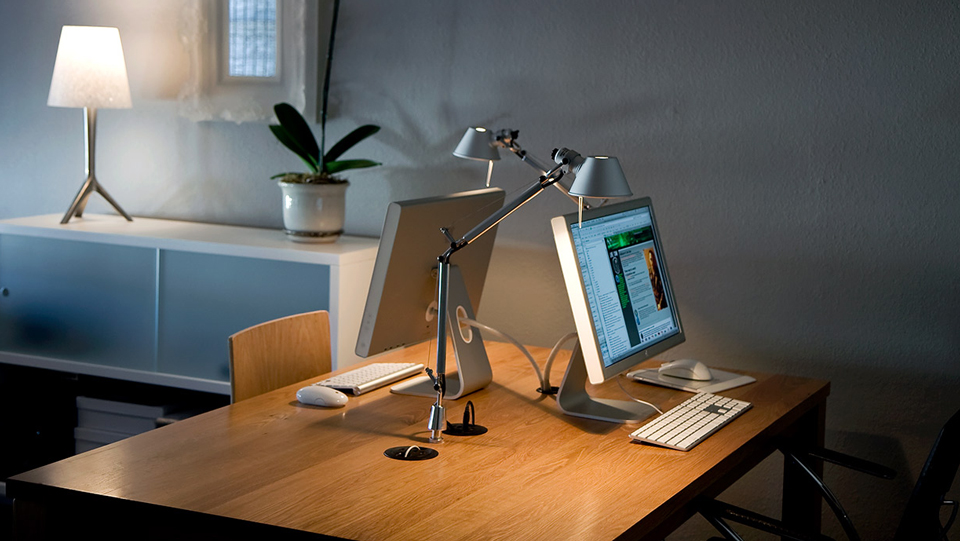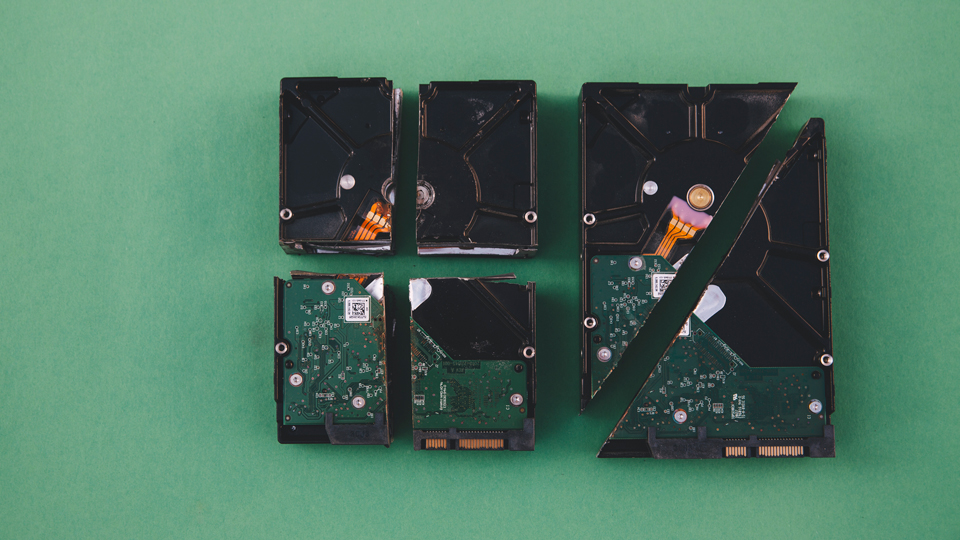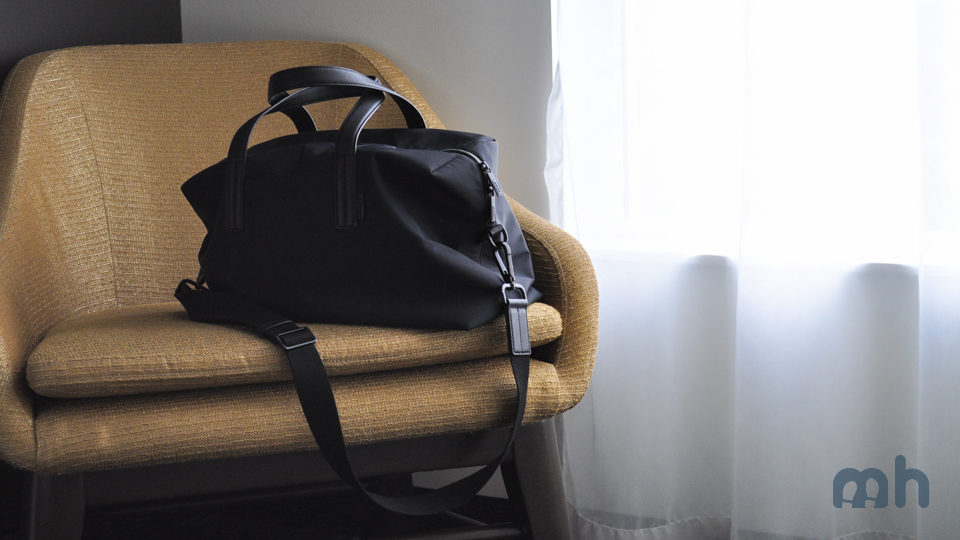
I’ve carried a lot of weird shit on planes over the years just because you never know how baggage handlers will mess with your stuff. And in about a week, my desktop is going to be making the rounds on the TSA scanners again.
If you tried to part a photographer with his $25,000 camera, he’d go so far as to buy an extra ticket just to carry it on (a friend actually has done this). Some chances are not worth taking, and here's how to carry on a desktop computer and make it through the other side safe and sound.
Strangely, the desktop computer thing is something that seems to get asked about more often than not. Because, believe it or not, people use airplanes to move.
Because I often alternate between New York and San Francisco, I’ve found myself having to do this frequently because my desktop is my main work horse machine. I also no longer trust shipping companies, so the last time I had to do this, I decided I would try to carry it on.
(I’ve had to deal with this situation a couple times and all I can tell you is that I don't ship important things. Fedex lost my last desktop computer a while back and I never psychologically recovered.)
The experience of actually carrying on
Packing was simple: I found a small box that would fit the frame more snugly, placed it inside and then padded it with some clothes. (Back up before you get on the plane!)
Let’s not forget that a desktop computer is still subject to carry-on regulations. Thankfully, I have a small form factor PC so size was not an issue, but if you plan on carrying a 50-pound behemoth that’s half the size of a small child, than you should think twice about carrying it on.
Remove the important components, pad it, have the airline mark it as ‘fragile’ and check it in.
Though I suppose it depends on who you get during security, the TSA dudes I ended up getting just basically asked me what was in the box. I told them it was my desktop, the guy smiled, said he understood and waved me through without any hassle.
TSA is still within their right to ask you to remove your desktop from whatever packaging you use, so be prepared with a roll of tape and scissors if need be.
I proceeded to the gate, stashed the box in the overhead bin, flew from San Francisco to New York, took a taxi home, set up the computer back together and turned the power back on. The indicator light flashed; we were back in business.
The whole situation couldn’t have been less painless.
Should the components be removed?

(blupics / Flickr)
I never took out any hardware components but some people recommend removing certain parts just to be safe. In particular, what seemed to get cited most was the hard drive for safekeeping.
However, at gaming site Team Liquid, people seem to prefer protecting the graphics card and CPU:
Graphics cards and large aftermarket CPU coolers are the most susceptible to damage during transit, a bumpy ride can dislodge the PCI-e slot or otherwise cause damage to the board. You may want to remove the graphics card and pack it in a static bag / foam and box it up to put in a separate bag to be safe.
So I asked Jason Chen, the former editor at Gizmodo, what he’d do. “Don’t think you need to [remove anything],” he told me, saying if the components were secure, it shouldn’t be an issue.
Look, all I’m saying is that I was fine. It wasn't an issue either for this dude who brought it to Belgium or this other dude that brought it to India. People bring their laptops on all the time and a desktop is just a bigger, bulkier version of that. But, seriously, don’t forget to back up.



